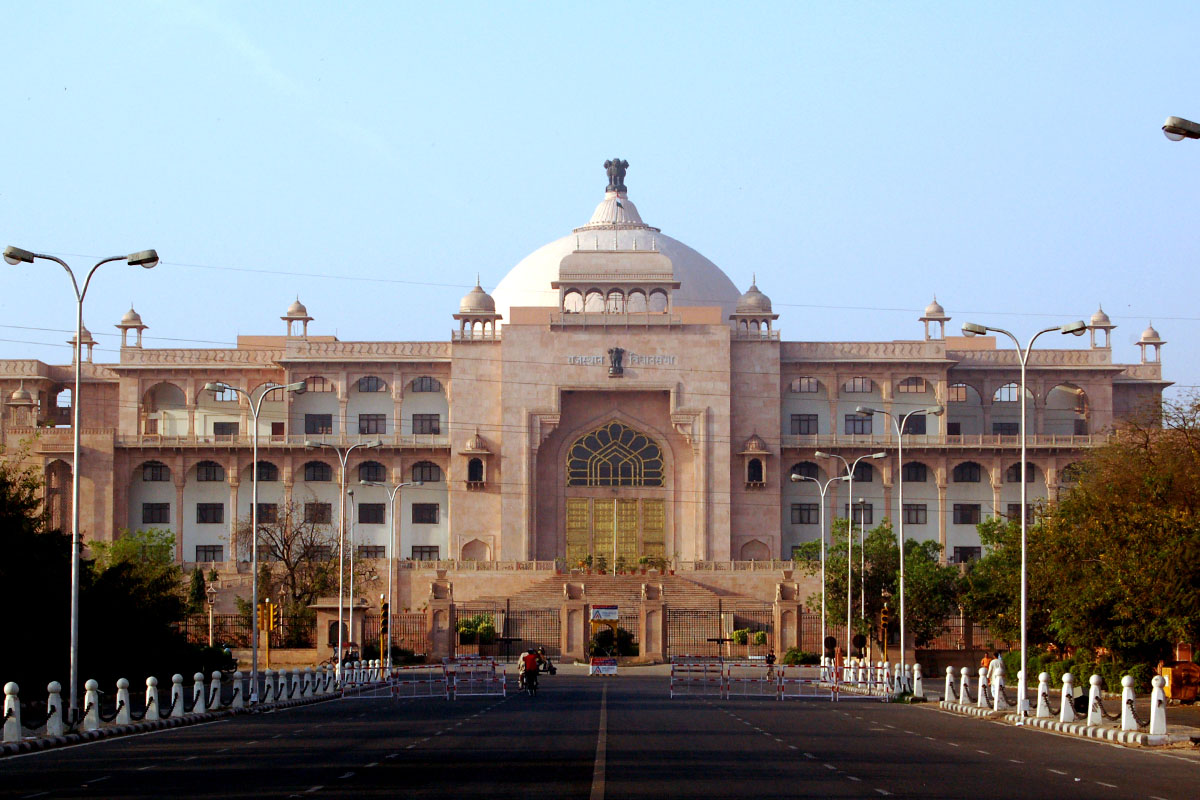
The Evolving Role of Vidhansabha in State Governance
The Vidhansabha, known as the State Legislative Assembly, is a cornerstone of India’s democratic structure, undergoing substantial evolution to accommodate shifting political, social, and economic dynamics.

Read more.. Government Divisions In India: An In-Depth Overview
Read more.. Indian Government Sectors: A Comprehensive Examination
Historical Perspective
The concept of the Vidhansabha traces its roots to the Government of India Act, 1935. Initially, it served as a limited legislative body with fewer powers than the British-controlled central government. However, with the dawn of independence in 1947, the Vidhansabhas gained greater prominence. States began to craft their own constitutions, granting substantial powers to their legislative assemblies, leading to a more decentralized and federal system of governance.

Read more.. How to Identify which shares are good: Unearthing the Gems
Read more.. How to Buy The Online Sovereign Gold Bond with Discount
Evolution of Vidhansabha’s Role
1. Legislative Authority:
The Vidhansabha’s fundamental role is legislative authority, focused on crafting laws and regulations within the state’s purview, but it has evolved to encompass a broader spectrum of responsibilities, such as shaping economic policies, advancing welfare programs, and implementing environmental regulations, reflecting a proactive engagement with local issues and promoting participatory governance.
2. Representation: Vidhansabhas have evolved to better represent the diverse populace of each state. The introduction of reservations for marginalized communities and women has contributed to more inclusive and equitable governance. This shift has enabled a wider spectrum of voices to be heard in the decision-making process.
3. Checks and Balances: The Vidhansabha serves as a check on the executive branch of state government, ensuring accountability and transparency. This has become increasingly important in the modern era, as citizens demand greater transparency and responsiveness from their elected representatives.
4. Budgetary Oversight: Vidhansabhas have gained greater influence over the state budget, with the power to approve, amend, or reject financial proposals. This financial oversight ensures that public funds are allocated efficiently and in line with the state’s priorities.
5. Committees and Specialization: Vidhansabhas have established numerous committees to focus on specific areas, such as finance, education, and health. These committees allow legislators to develop expertise in particular policy domains, leading to more informed and effective decision-making.
Challenges and Future Prospects
As the Vidhansabha makes notable advancements in state governance, it grapples with various hurdles, encompassing the growing sway of financial resources in politics, political deadlock along partisan lines, and the imperative demand for heightened transparency within legislative affairs. Moreover, the emergence of digital technology has unlocked fresh opportunities for citizen engagement and participation, avenues that the Vidhansabhas must proactively embrace.
Looking ahead, Vidhansabhas are poised to adapt further to shifting societal demands, potentially delving into transformative concepts like e-governance, data-centric policy formulation, and increased citizen participation. These changes will be essential to ensure that Vidhansabhas remain vibrant, effective, and responsive institutions in India’s ever-changing democratic landscape.
Conclusion
The Vidhansabha’s role in state governance has undergone a profound transformation since its inception. Over time, the Vidhansabha has transformed from a restricted legislative body into a vibrant institution that caters to the varied requirements and dreams of India’s states, and as we progress, embracing technological innovations and inclusivity, its role is poised to further develop, solidifying its position as a pillar of India’s democratic system.



